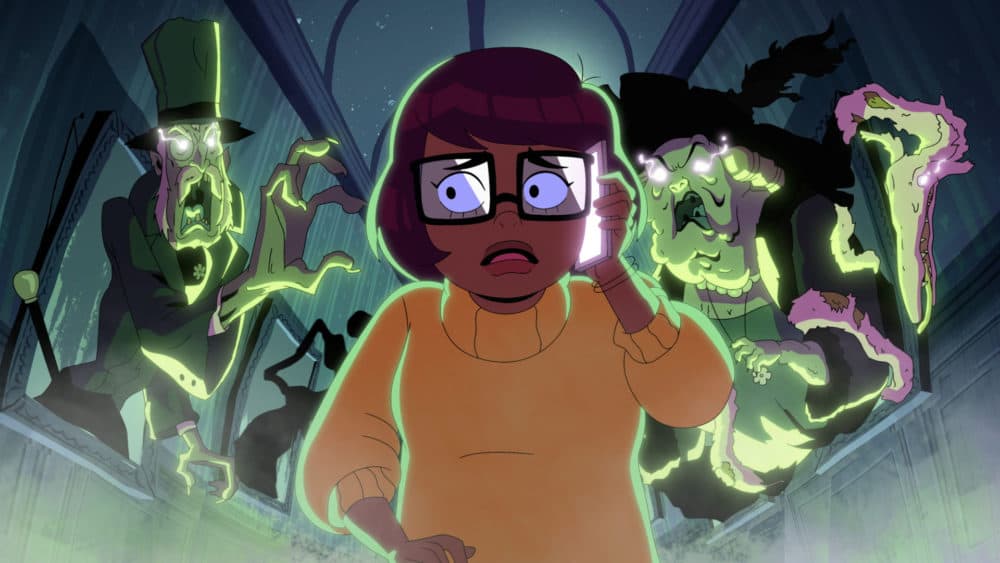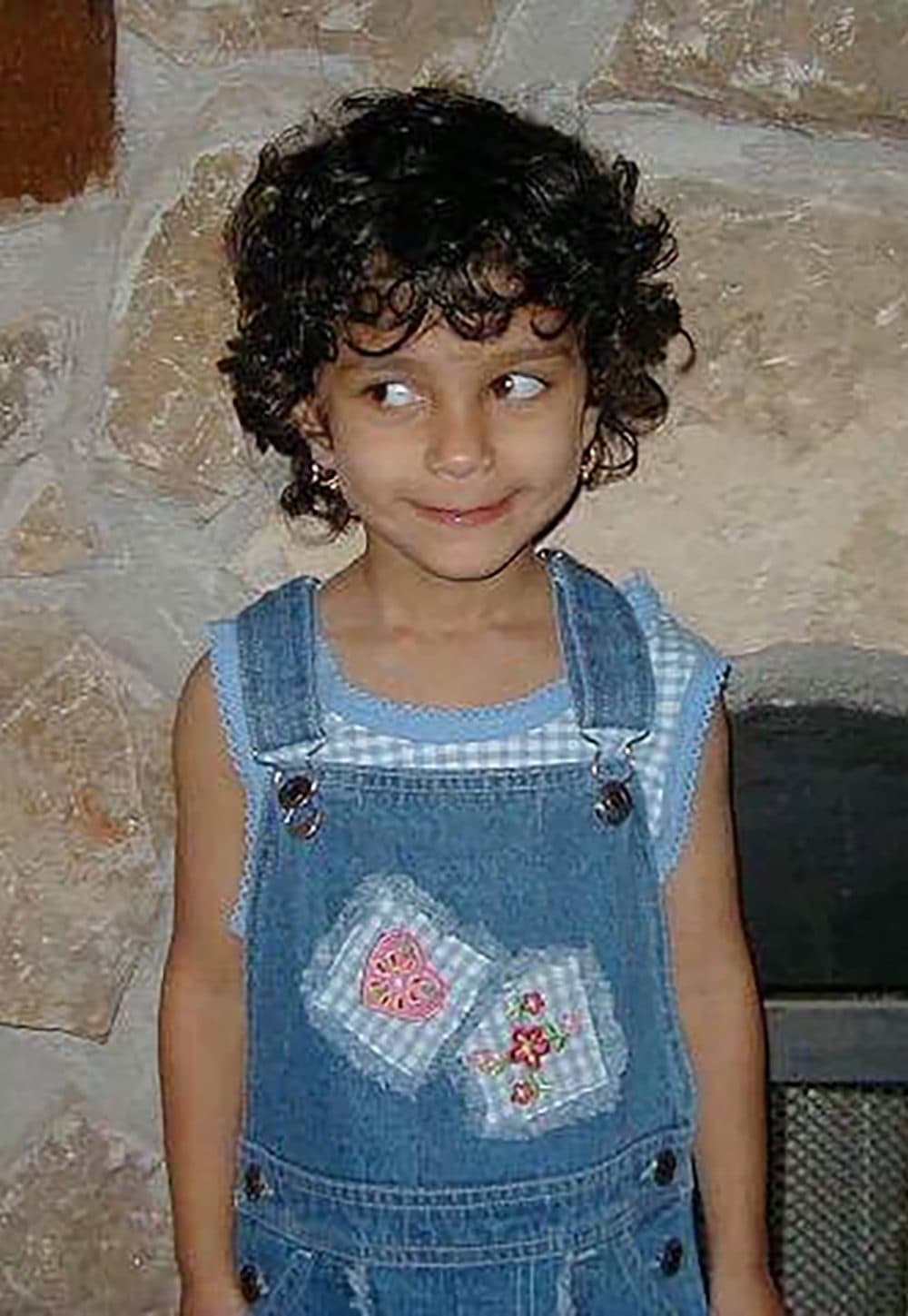Advertisement
The cost of Hollywood's depiction of Brown girls
Resume
If you ask anyone who knew me as a child, they’ll tell you I was the cutest kid around.
When I look back on pictures from my childhood, it’s easy to see where they got that idea. Babyani had a head full of bubbly, curly hair and a mischievous smile. I looked a bit like a cherub with an unfortunate penchant for shenanigans.
But at the time, I didn’t really think of myself as cute or adorable. All I wanted was to look like the other girls I grew up with. In every crayon sketch, I would replace my dark hair and brown eyes with blonde hair and blue eyes. As I got older, I began to spend money on shampoo after shampoo in hopes that the next bottle would turn my curly hair pin straight.

It’s not an unusual story for thousands of Brown girls who grow up thinking their ethnic features are undesirable — something to be embarrassed by.
But our struggles with self-image don’t happen in a vacuum. They’re aided in part by harmful depictions of South Asian women on TV.
While the problem of South Asian representation in Hollywood has deep roots, much of the recent discourse has centered around actress and writer Mindy Kaling.
When Kaling's new HBO show "Velma" premiered in January, it was met with a wave of backlash from the South Asian community. Many felt that Velma — who in the show is a South Asian teenager — was yet another harmful depiction of supposedly ugly Brown women on TV.
It’s a familiar critique of Kaling’s work. Female characters in her projects are often depicted as undesirable, uncool and disgusted by their own ethnic features and heritage. While this is often used for comedic effect in shows like “Never Have I Ever,” “The Sex Lives of College Girls” and “The Mindy Project,” many in the South Asian community have grown weary.
Writer Sakeina Syed wrote about this in an essay for Teen Vogue titled “On “Velma,” Mindy Kaling, and Whether Brown Girls Can Ever Like Ourselves on TV." Syed says this depiction of Brown women on TV has a direct impact on our culture,
“If you go on social media right now, something that's very popular are these social media trends of Brown women documenting their ‘glow ups.’ But the sad part is that all the things that they've felt the need to change to be beautiful or desirable are all just … natural ethnic features that South Asian people are born with,” Syed says. “All of these things that make thousands and thousands of Brown women feel like something about them is fundamentally wrong, they come from portrayals like this.”
But did the problem really start with Kaling’s work? Syed doesn’t think so.
“This is the part that is a little bit frustrating because, yes, some of the characters that Mindy Kaling has created and platformed, they share these negative stereotypes and that is a problem,” Syed says. “But then what we really need to think about is where did that come from? Mindy Kaling did not invent representation of South Asian women in Hollywood.”
She added, “Long before Mindy Kaling actually gained the power to be writing or directing, there were thousands and thousands of instances that we can speak to across the media where South Asian characters were mocked. They were made the butt of the joke. You have to think about where some of these ideas even come into Mindy's work from. They come from racism that's been enforced on us that we didn't create for ourselves.”
I wondered though about whether this representation of self-hating Brown girls on TV is in fact true to the internalized racism that many of us struggle with. What about the girls who feel seen by Kaling’s writing?
It’s something Syed has thought a lot about.
“I think that it would be unrealistic and childish to say we should only have Brown women characters who love ourselves and don't struggle with internalized racism at all. But at some point, replicating these negative stereotypes over and over again, without nuance, without depth, without growth, it's less about telling a personal, authentic story and more just like contributing to a very convenient multimillion dollar pattern,” Syed says. “I don't think that that's really the same thing as taking the time to grapple with your own experience and tell a valid, messy or painful story.”
We are seeing more positive depictions of South Asian women on TV. Simone Ashley received widespread praise last year for her portrayal of Kate Sharma on “Bridgerton.” And Disney+’s show “Ms. Marvel” about a Pakistani-American teenager made history.
Syed says we need more stories about South Asian women if we ever want nuanced representation to become the norm rather than the exception.
“I don't think that I ever would have imagined seeing a TV series where a Brown girl is a Marvel superhero. Those are … images that we've never really been allowed to hold in our minds,” she says. “I think we need to see more of that. Because otherwise, the same patterns that put us in this position of making these jokes because they've been made towards us, we're just going to be passing that on.”
This segment aired on February 10, 2023.
